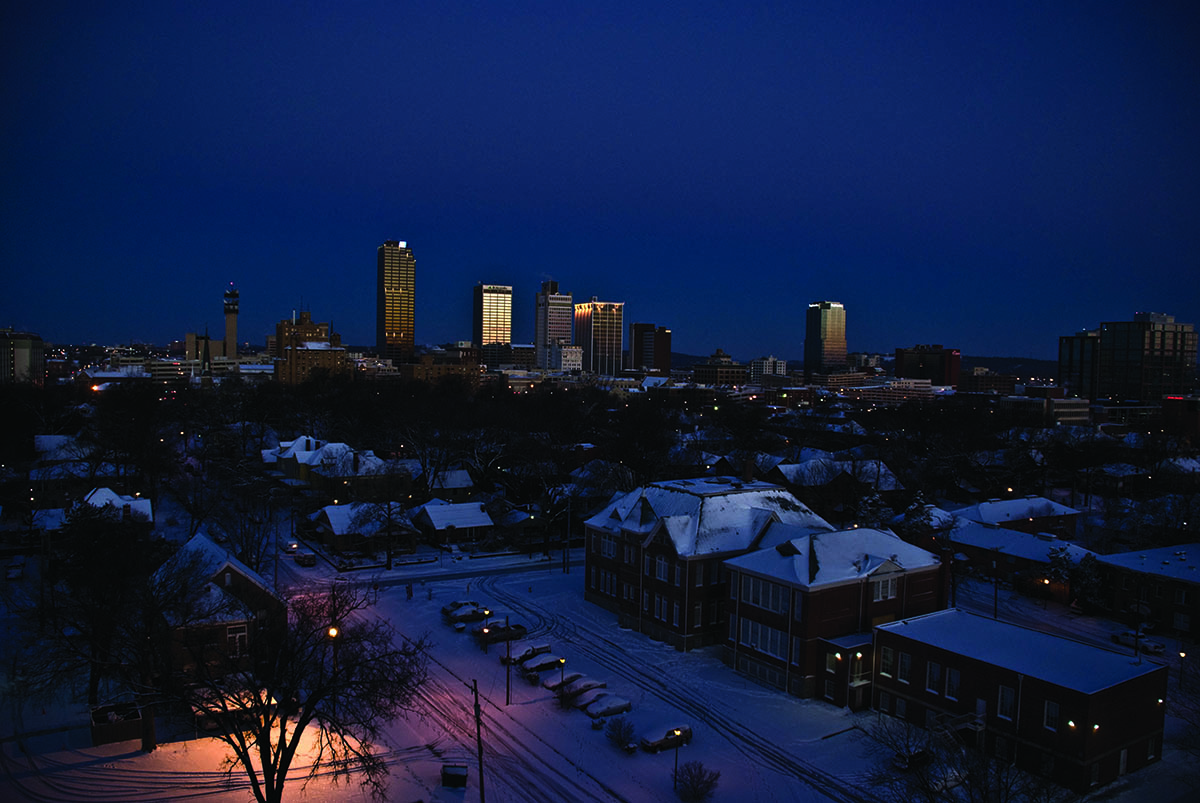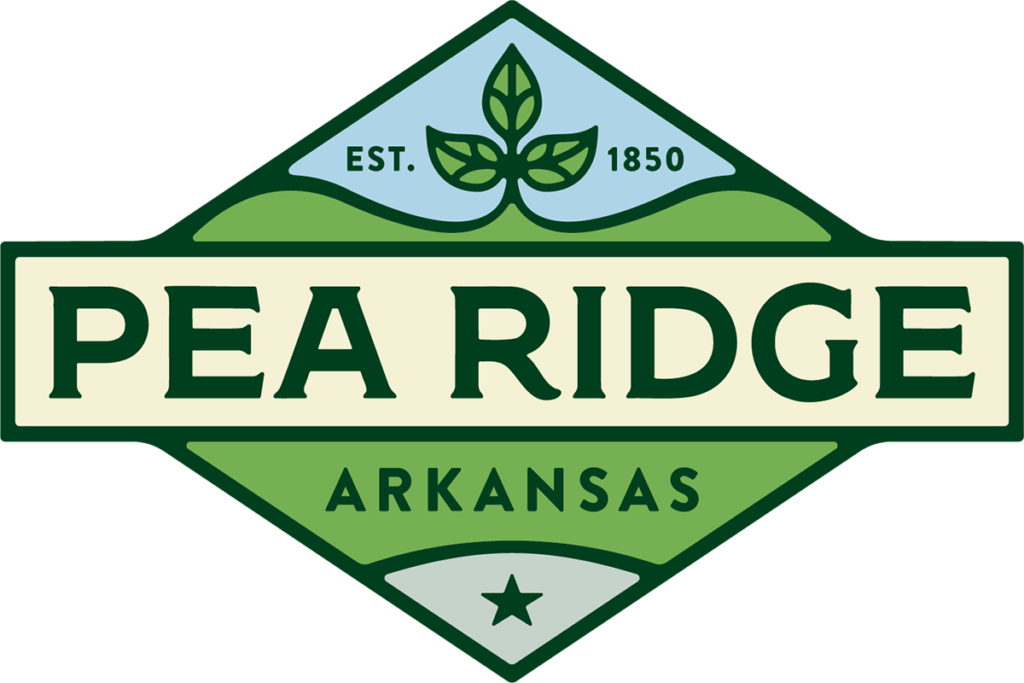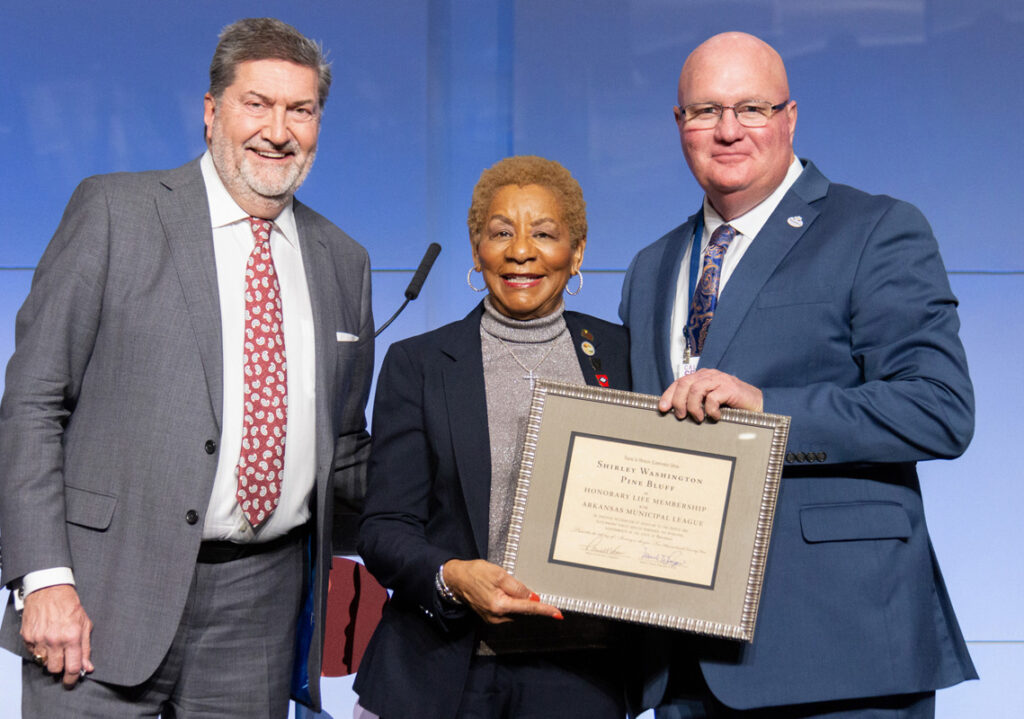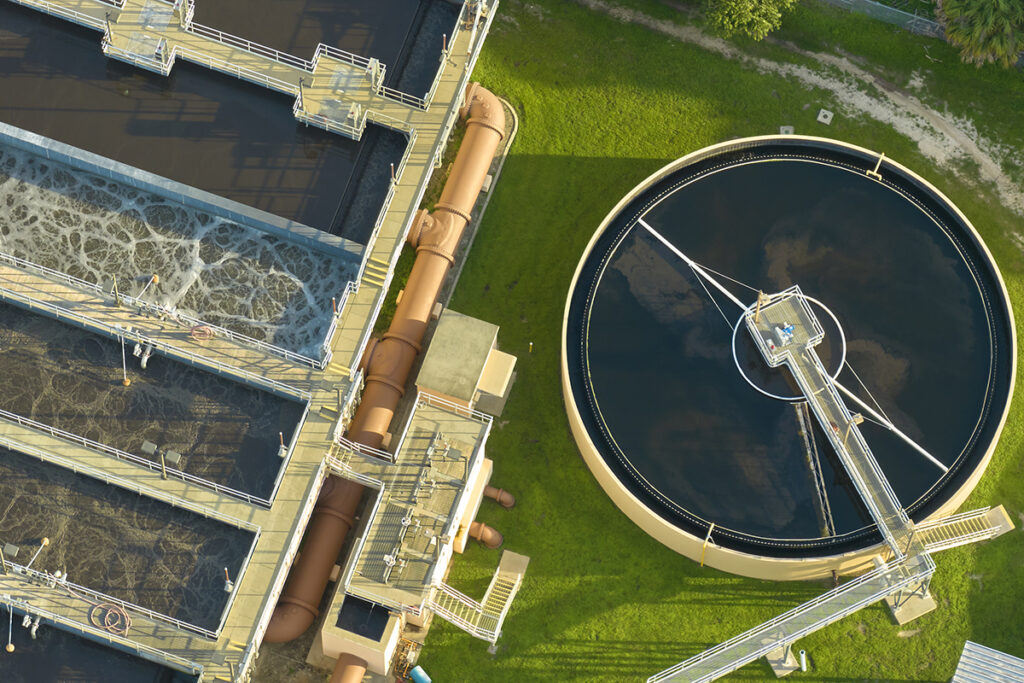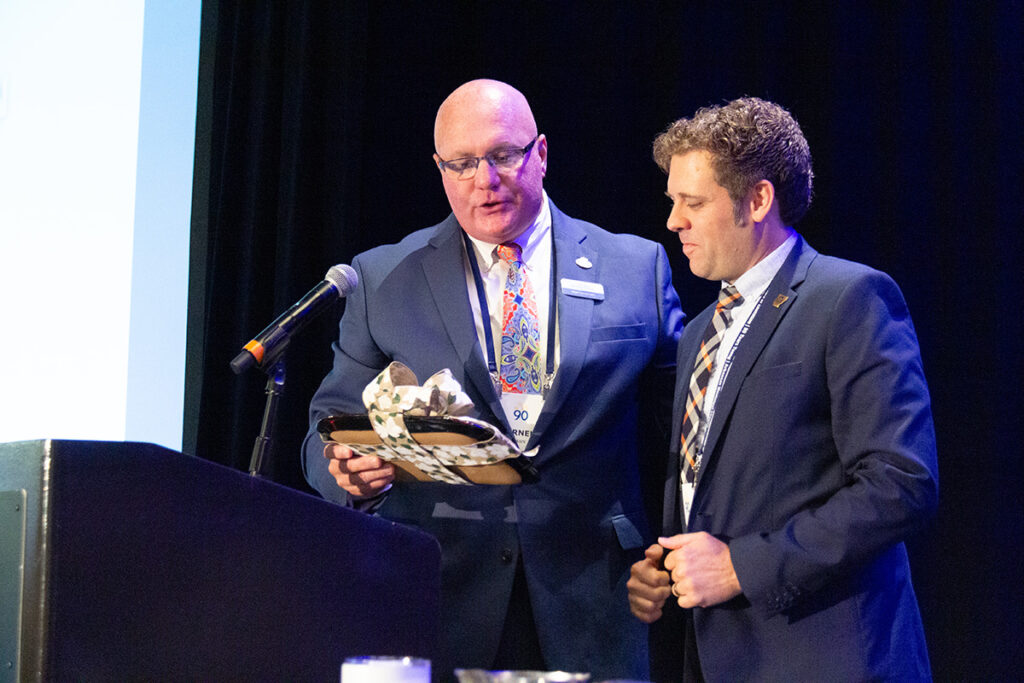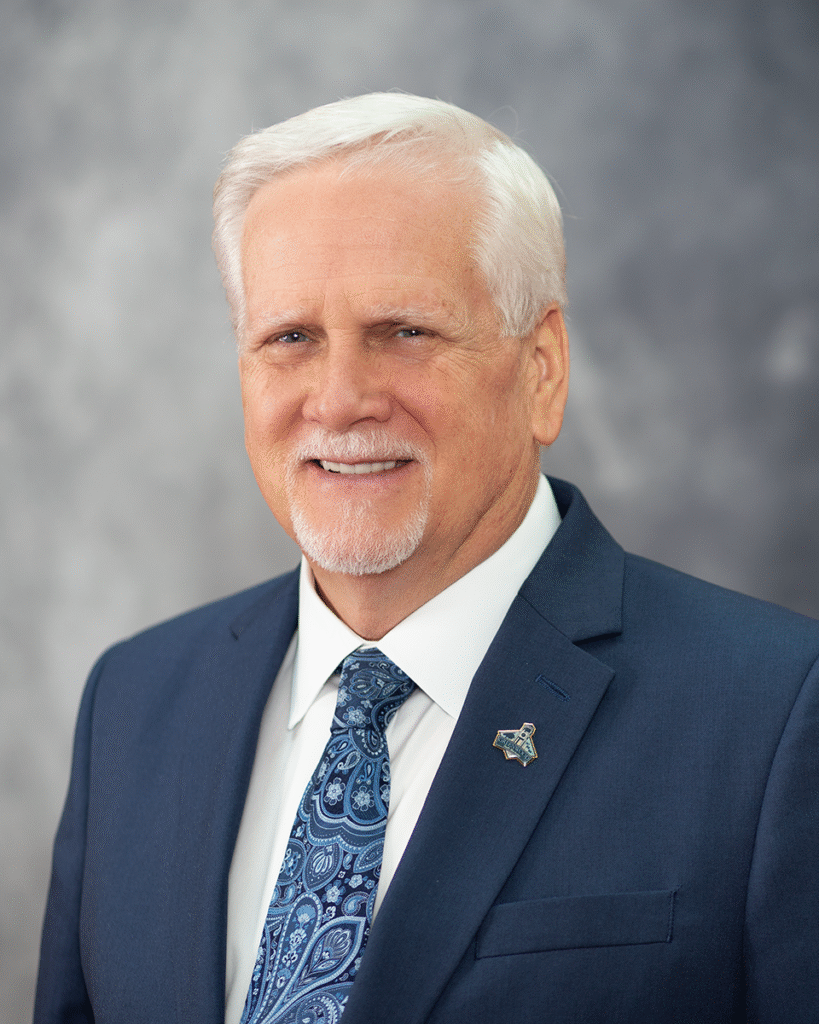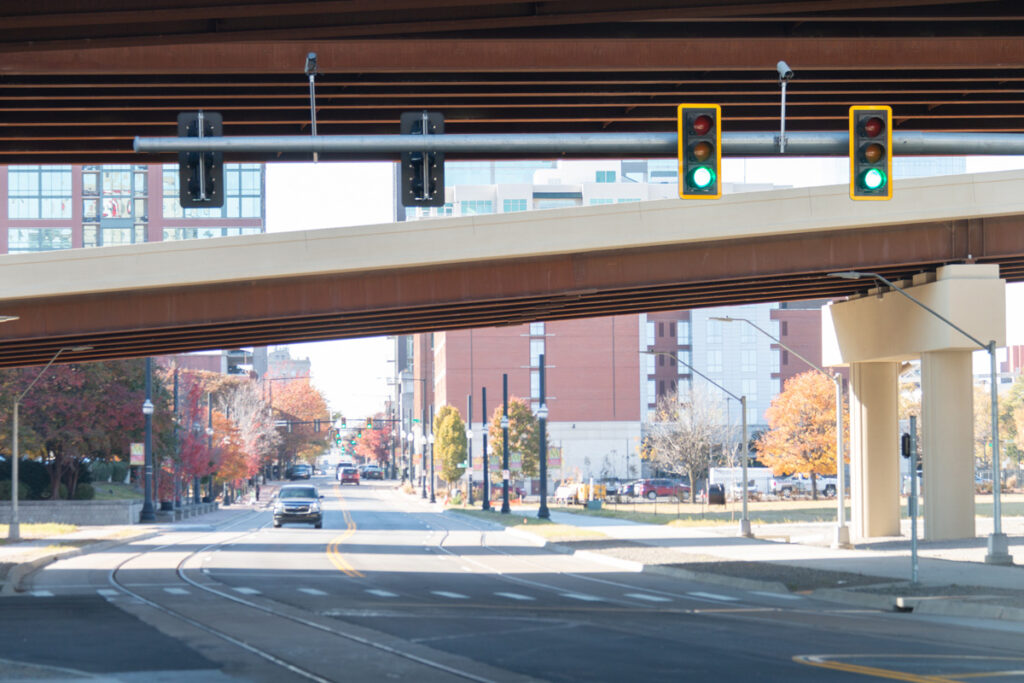Have we ever elevated the modern city to its proper place as a miracle of invention, execution and administration? Maybe it’s time. With a recorded history of nearly 10,000 years, survival of the city as a human endeavor does seem to exhibit some miraculous traits. Let us look and see.
First, we need a definition of miracle. A secular source puts it this way: “A highly improbable or extraordinary event, development or accomplishment that brings very welcome consequences.” That fits the city as it now functions for us.
Next, we need to realize that a city is not one miracle, but a collection of numerous feats that create its wonder. What sort of things actually happen there?
Imagine that we are watching, from an elevated viewpoint, a functioning city (say, of any size). Further, imagine that we can observe the actions within one home, a warm one on a winter day, as the sun rises.
What happens first? Someone flips a switch or, in an ultra-modern household, barks a command, and the room is suddenly illuminated by a source our ancestors would have considered pure magic. It involves a phenomenon known as electricity. Electric lights, according to the National Park Service, originated in 1882 and became widespread in American homes by the mid-1920s. They are now in almost every home.
To make this happen, a distant source creates electricity by different means, including fossil or nuclear combustion, hydroelectric and solar. A system of towers, poles and underground lines brings it to individual homes.
A network of rules governs its transmission and installation. Public administration sees to its fair and safe use. Used wisely, it is affordable and dependable.
Users seldom have a clue as to the countless complexities that make this possible. Such are the wonders of good governance.
What next? In many households, our subject would head to the kitchen. Taking a pot from a coffeemaker, they would pour the outdated contents into a sink. That waste would enter a complex system of small and medium pipes eventually leading to a large one called the “main.” The main transports the waste, by gravity or by force, to some distant treatment facility. There, countless years of science, experimentation and ingenuity will enable the transformation of that waste into a harmless effluent that can be discharged back to our planet.
Users seldom have a clue as to the countless complexities that made this possible. Such are the wonders of good governance.
What next? Fresh coffee will require clean water. A simple turn of a faucet provides that. This convenience counts as a miracle to the few of us who can still remember the toil of drawing water from a well and bringing it into our home in a bucket.
For water to appear in a home, harvesting it must occur from underground or from a reservoir. Such sources may exist many miles from the home desiring fresh coffee in the morning. From the original source, complex systems transport it to a treatment facility. There, modern science tests and, to the extent necessary, renders it safe for human consumption.
Large mains transport the potable water to a storage tank situated for maximum gravitational pressure to allow distribution. This distribution system consists of another matrix of smaller mains and pipes, all underground. At the end of a long-pressurized journey, water arrives at the home desiring that “fresh cup of joe.”
Users seldom have a clue as to the countless complexities that made this possible. Such are the wonders of good governance.
These city-dweller activities and those that follow take place in a structure made safer after centuries of improvements in structural integrity. Fires such as the one that devastated so much of Chicago have all but disappeared. Structures are more resistant to storms and earthquakes. Inhabitants sleep well without fear of structural collapse.
Should danger occur, emergency service is minutes, perhaps even seconds, away. Each home or structure within the city lies within a designated zone of protection. When a crisis appears, a call from a phone—another modern miracle—brings help.
A functioning police department limits the potential for crime, which always exists. This protection cannot be tolled if the protection is to be uniform and equal. It exists best, therefore, as a public service.
These protective services exist because of a transportation system that is itself a modern miracle. It connects not only homes and businesses, but also one city to another via a regional system of streets, roads, highways and interstate facilities. It is a system requiring much maintenance and potential expansion. The administration of maintenance and expansion requires precision and diligence. (Inhabitants of a city deplore interference with their schedules.)
A severe and unpredictable threat to human habitation is damage from floodwaters. Attention to this danger cannot rely on the treatment of individual properties. Instead, it requires attention to miles of meandering waterways and their tributaries. Each foot of passage involves any number of inputs which contribute to the danger from flooding.
Dependent on weather now changing in its global patterns, this danger grows greater each year. Science and administration strive to keep pace.
The analysis could go on and on but let us just stop and contemplate the mysteries of a functioning city. Does it function flawlessly? Never. Bad decisions have effects. Uncontrollable socioeconomic changes steer fortune toward one city and away from another. The impacts of people living and working in different cities create additional challenges. Above all, nature reserves the right to interfere with stability.
Other aspects bear mentioning. Like a genetic DNA trigger, a miracle that performs a certain task must not only perform that task but also do so in harmony with other miracles performing other tasks. Systems that provide potable water for drinking must also provide for safety from fire. Streets that provide families access to their homes must also support the economy. Local actions must occur simultaneously with those of state and federal entities. Routine maintenance and neighborhood stability can work at cross-purposes.
Planning and maintaining a modern metropolis isn’t easy. But, in our city, clean water still flows in, and the wastewater still flows out. Our ancestors would have considered these miracles of the highest order.
Do users have a clue as to the countless complexities that make the miracle of a city possible? No, we don’t have a good track record of educating our citizens about what work must go on to make urban life bearable or who does that work.
The complexities involved in the function of a city won’t allow credit to one individual or even one group of individuals. Countless personal actions contribute to the status of a city. Its administration can never be simple. It requires, among other things, critical thinking, education, experience, compromise, patience and an understanding of the complexities of politics.
We may never stop counting the minor miracles that have allowed our cities to become great.
And, as the slogan of the Arkansas Municipal League notes, great cities make a great state. It is but a short jump to add that great states make a great nation. Let us all be thankful in the coming year that this occurs, in part, because the turn of a faucet produces clean water. Imagine the look on a long-departed ancestor’s face.

